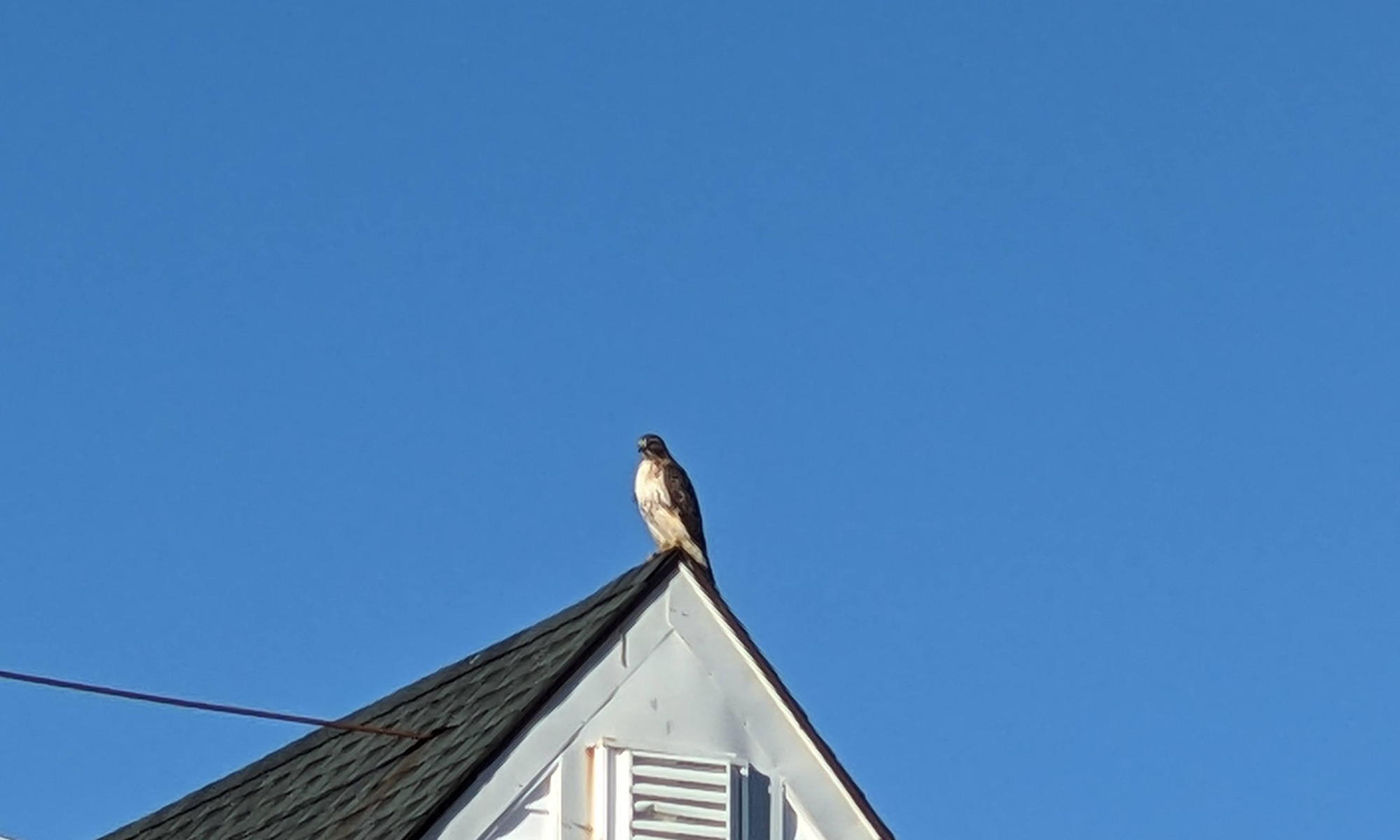Audio Postcard Assignment (Soundscape 1) – Due Date Postponed to February 12.
Need the assignment? Find the link to Season 3 in the right sidebar of the course site ->
In our remaining minutes in Monday’s class, I was unable to quickly locate where I had embedded the SAMPLE AUDIO POSTCARD I wanted to share as you began to lock in on your approach. I found it on the actual assignment page – doh!
To make it easy for us, here’s the sample:
What to Notice?
- Notice the narration that occurs in the original recording, as well as narration recorded later and edited into the postcard.
- Notice the soundmarks and the ways the narration helps us identify those sonic elements.
- Listen for the editing. Imagine the tracks you’d have if it were your project.
I figured I should also share my own example of an Audio Postcard, so here it is – with a sample brief blog post AND my own self-score:
Brief Blog Post on the Project
In Fall 2022, my wife and I visited our daughter in Buenos Aires, Argentina. Not far from the AirBnB was one of the many pocket park green spaces in the city, a park dedicated to the many Armenians who immigrated to Argentina in the late 1800s and, especially, in the early 20th century, as they fled the Armenian genocide. My audio postcard is a report from La Plaza Inmigrantes de Armenia, Buenos Aires, Argentina. I used a voice recorder app on my Pixel 5 phone to record the soundscape, with school children, street noises, and other soundmarks from the park. Later, I pulled in the Creative Commons-licensed tango music, edited the sounds of the park, and added my narration. I’m pretty pleased with the project, but I also know that I had to stretch things out too far to get to the minimum length.
Here’s my own critique that focuses on the Specifications for the Project:
Overal Point Tally: 4500 POINTS (or 4000 Points?)
- 2:17 long. Full credit.
- Specifications on files, GarageBand file, clips: Full credit.
- Soundscape audio capture. Full credit.
- Intro length and elements: Spoken intro is 15 seconds, with long musical intro added. Maybe iffy, but I’ll throw myself full credit because spoken intro and all other elements fit 15 sec. (If we say no credit for a 27-second intro for a 2-minute audio postcard, fair enough. Point tally drops to 4000.)
- Outro length and elements: No attention to maximum of 15 seconds. Other elements meet specifications. NO CREDIT.
- Editing. It’s mostly solid. Full credit.
This project illustrates some of the tensions one might encounter in an audio project that anchored by not enough audio. As I did not capture enough audio for the soundscape project, I was forced into some funny business: Open with long, Argentina-themed tango music; use all 15 seconds for Intro; stretch the Outro well beyond the 15-second limit. The project squeaks over the line at 2:17, but it comes at a 500-point penalty. If we ding me on the Intro, it’s another 500-point penalty.




